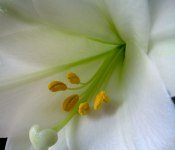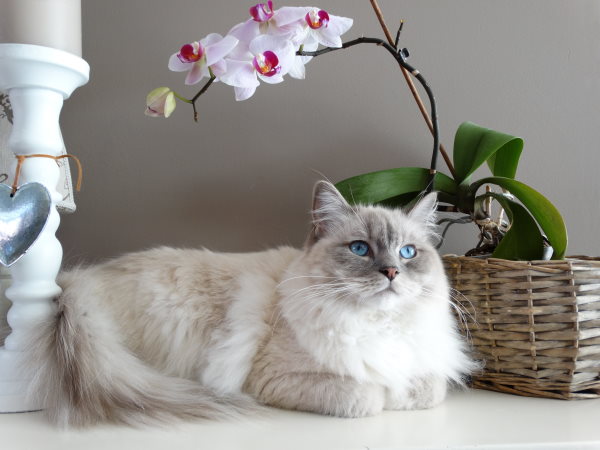Types of Ferns to Grow Indoors
Ferns are a class of plants that include about 12,000 species in 150 different families. In their native habitats, most types of ferns grow on the moist, nutrient-rich forest floor where they receive little light. Some are epiphytes, nestled on the branches of tall trees.
Just a dozen or so make their way into our homes. Their diverse forms offer plenty of variety to choose from, and make them fascinating to grow indoors in hanging baskets or perched on pedestals.
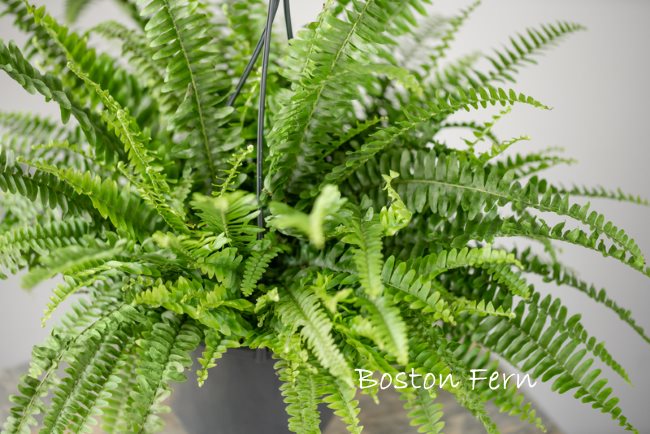 Image credit © Konstantin Malkov | Dreamstime
Image credit © Konstantin Malkov | DreamstimeBoston Fern
In Victorian times, Boston fern could be found in many parlors and porches. Today, it's still a hands-down favorite in the home.
Caring for Boston ferns is easy. Just place your fern where it'll get indirect light (some direct morning sun is fine) and keep it moist. No pampering is required.
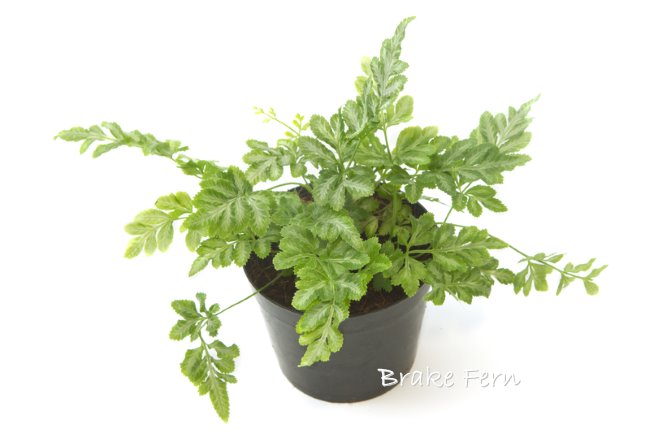
Brake Fern
Don't let the soft, delicate look of this variegated brake fern mislead you into thinking it's difficult to grow. This fern can tolerate neglect like few ferns can. In fact, brake fern is so adaptable indoors, it's an ideal houseplant for beginners.
Give this handsome table fern cool nights and warm days, and raise the humidity around it when indoor air gets dry.
Cool types of ferns
Despite their tropical beginnings, most types of ferns grow best in average or slightly cooler room temperatures (70°F/21°C during the day and 60°F/16°C at night). Ferns don't like drafts, especially dry heat from heat vents, which can cause brown leaf tips and leaf loss.
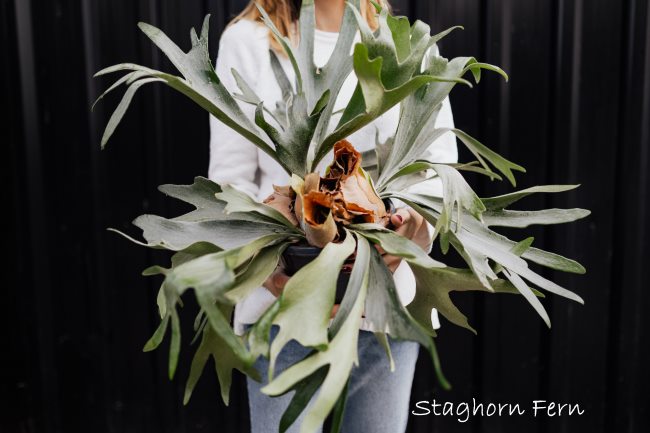
Staghorn Fern
Want an unusual houseplant that's sure to grab attention? Staghorn fern has dramatic, indented foliage that resembles deer antlers.
Sprawling wider than it is tall, this type of fern makes a good candidate for a hanging basket. Though staghorns are often mounted on a board and are more captivating displayed that way.
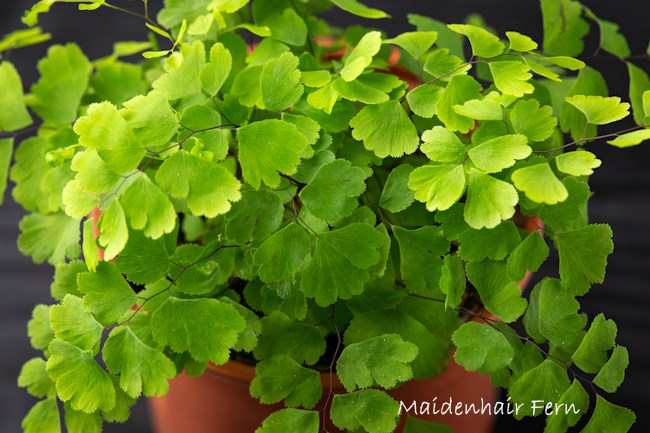 Image © Maksims Grigorjevs | Dreamstime
Image © Maksims Grigorjevs | DreamstimeMaidenhair Fern
Intricately patterned leaflets make maidenhair fern (Adiantum raddianum) one of the most stunning ferns anywhere.
It's also one of the fussiest, preferring high humidity that's difficult to maintain in most homes. However, those dainty leaflets will thrive in a terrarium, surrounded in moist air.
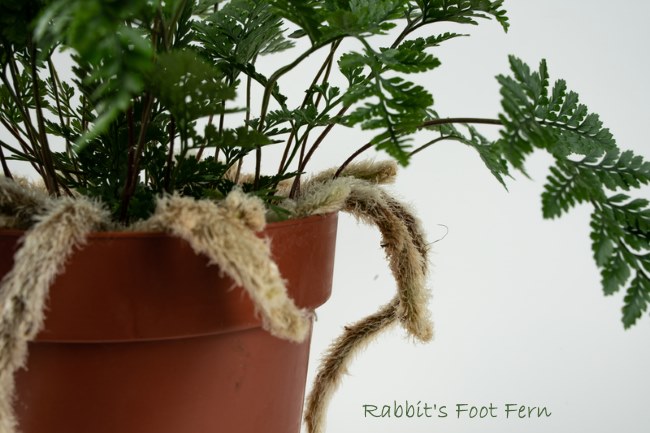 Image © Miguel Angel Martinez Martinez | Dreamstime
Image © Miguel Angel Martinez Martinez | DreamstimeRabbit's Foot Fern
Furry rhizomes of Davallia ferns earn them the common name Rabbit's Foot Fern. They grow outside the container, hanging over the side of the pot. Light, airy fronds only add to their allure. Put this fern in a hanging basket to show it off.
Indirect sunlight and frequent watering will keep this eye-catching fern healthy and thriving for years to come.
Blue Star Fern
The upright, blue-green fronds of Blue Star Fern have deeply lobed leaves, giving it wonderful color, texture and form. Unusual and dramatic, this type of fern is sure to capture attention from passers-by. Yes, Blue Star deserves a place among your houseplant collection.
And you'll love this... its care is pretty simple. Give this handsome South American native plenty of bright, indirect sunlight, water, and humidity, and you'll find Blue Star Fern care is trouble-free. This is an impressive houseplant for beginners.
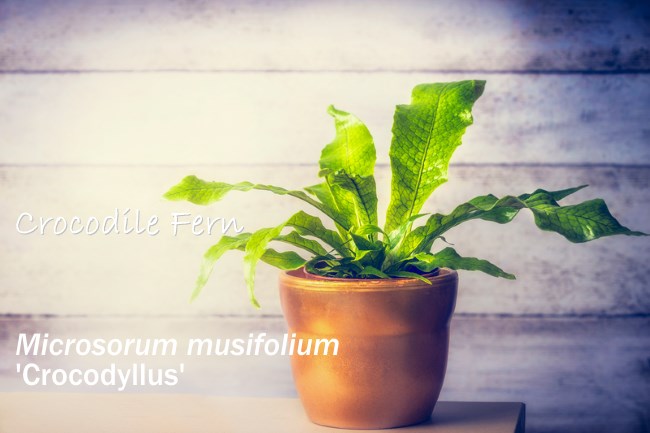 Image © Victoria Shibut | Dreamstime
Image © Victoria Shibut | DreamstimeCrocodile Fern
Handsome textured fronds lend this Australian fern its common name. Crocodile fern also happens to be easy to please indoors -- as long as you give it the humidity it craves. Set a small humidifier near this rainforest native and you'll make it feel right at home.
This tropical native grows well alongside bromeliads and orchids, sharing their love of moist air and bright, indirect sunlight.
Button Fern
Trailing fronds densely covered with leathery, round leaflets make button fern a spectacular accent among other tropical plants. Put one on a multi-level plant stand with flowering plants -- or other types of ferns.
Button fern care is easy -- just put this New Zealand native in a bright location and water regularly. It's adaptable to average home conditions.
It's not the heat, it's the humidity...
Forty percent humidity is considered "average" in most homes. Fortunately, that's a comfortable level for people and most plants.
However, many types of ferns grow best with 60-70% relative humidity. Short of turning a room into a misty rainforest, there are a few things you can do to keep ferns happy.
Check out these easy ways to raise the humidity for indoor ferns.
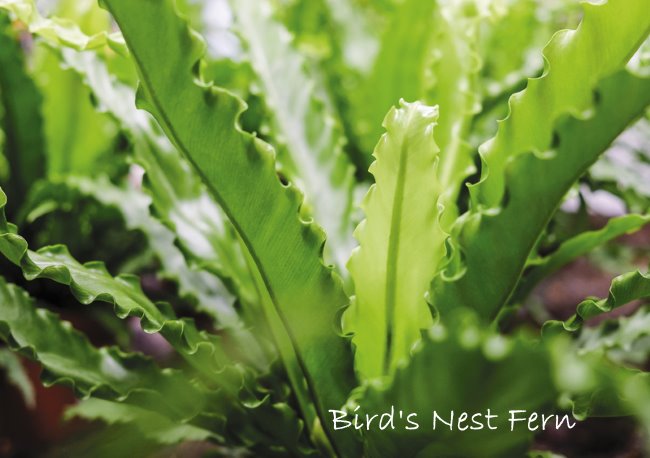 Image credit © Natee Srisuk | Dreamstime
Image credit © Natee Srisuk | DreamstimeBird's Nest Fern
Fronds that unfurl from the center of the plant give birds nest fern its common name. Lush and bold, the deeply veined fronds are spectacular, reaching 2 ft (60 cm) long or more.
Less finicky about humidity and light, this is one of the easier-to-please indoor ferns. It behaves well, too. Unlike some types of ferns, it does not shed.
